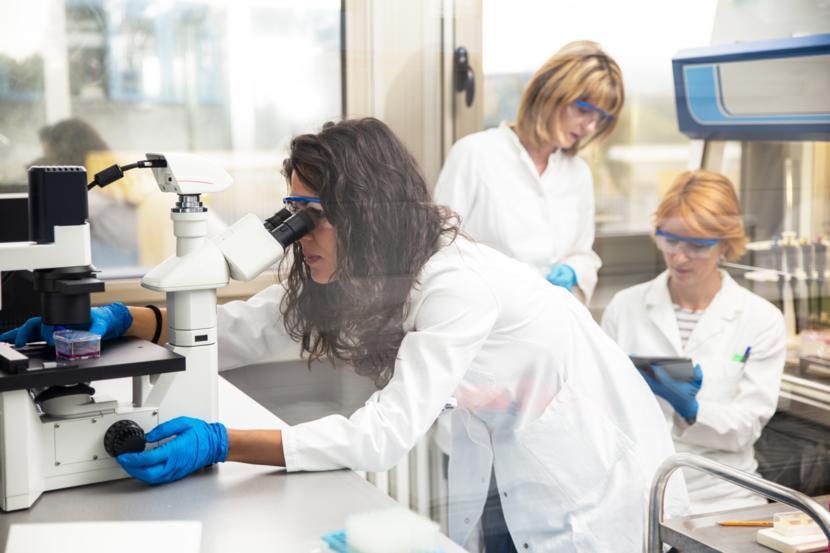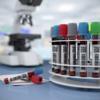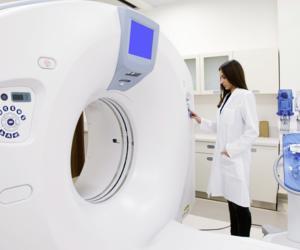Breakthrough Research on Facioscapulohumeral Muscular Dystrophy

A study which was recently published in the Natural Communications journal, outlines a major breakthrough in research around facioscapulohumeral muscular dystrophy, also known as FSHD.
The study was performed by the University of Minnesota Medical School. Researchers at the university inserted the gene DUX4 into mice. This gene is the gene that scientists believe cause FSHD in human beings. Once the gene was activated in the skeletal muscle cells of the mice, the mice began to develop muscular dystrophy. The mice experienced this in a slow but progressive manner. Certain key features that are hallmarks of the disease were present in the mice. This is a big deal because previous scientific experiments and research done in the same vein did not yield the same results.
The principal investigator of this experiment, Michael Kyba, Ph. D., is a professor at the University of Minnesota Medical School. He is also a member of the Masonic Cancer Center, which is also at the University of Minnesota. “In genetic diseases for which therapies have been developed, like Duchenne muscular dystrophy, mouse model like the one we discovered were essential to the development and testing for potential therapies," Kyba said, “Now that this hurdle has been overcome for FSHD, we have great hope for a therapy development.” This promising information should give people reasons to be hopeful. While the disease obviously won’t be cured overnight, the fact that these researchers were able to overcome the obstacle of not being able to replicate FSHD in the mouse is a huge and promising step toward finding a cure.
While there is a lot of debate around the idea of animal testing, and justifiably so, the researchers on this project have found the mice incredibly helpful. The mice have allowed for there to be a way to test therapies for FSDH. Additionally, the mice models who then were afflicted with FSHD allow the scientists who are researching the disease to see how it plays out, allowing them to focus on how the muscles degenerate in patients with this disease.
“FSHD is a very unusual muscular dystrophy with a completely different and poorly understood mechanism of muscle damage compared to the more well-known muscular dystrophies,” the lead author of the study Darko Bosnakovski, Ph.D., explains, “We really do not know why muscles disappear in these patients.” By watching the mice, scientists may find it easier to explain why the muscles disappear in these patients.
The scientists involved in this study were shocked to see that when the DUX4 gene was activated in muscle cells, the mice’s muscles became swollen and inflamed. Other cells in the tissue reacted by overproducing collagen. These reactions led to muscle fibrosis, which is an illness where contractile muscle cells are replaced by matrix, which means that the muscles begin to lose their strength. This is a big deal, as before this experiment, the involvement of the matrix-producing cells was a mystery to scientists. These findings imply that the drugs targeting fibroadipogenic pregntiors (FAPs) may actually be possible candidates for slowing down the progress of the muscular degeneration in FSHD.
This is confirmed by Dr. Kyba when he said, “This study already points to some targets for future drugs, which is very exciting. With this mouse model, I’m hopeful we’ll make progress in our pursuit of a cure.”
What is Muscular Dystrophy?
Muscular dystrophy is a group of nine different diseases. These diseases cause pathological weakness and loss of muscle. When a person has muscular dystrophy, they have abnormal genes (also known as mutations) that interrupt the productions of proteins that a person needs in order to form and maintain healthy muscles.
Because there are so many different types of muscular dystrophy, it is hard to give exact symptoms and warning signs, as they are different. For example, some symptoms don’t emerge until into adulthood while other kinds of muscular dystrophy develop as early as 18 months.
It is hard to say what the official diagnosis is for someone with muscular dystrophy. Some patients lose the ability to walk on their own completely. As many as 90% of DBMD patients aged 15-19 need a wheelchair. Other patients face major obstacles breathing and swallowing.
As of right now, there is no cure for muscular dystrophy. However, a lot of research continues to be done and through medicine and therapy, the quality of life in patients with muscular dystrophy has increased greatly.
Studies show that by the end of 2007, 85% of males studied with one type of muscular dystrophy who were born between 1988 (19 at the time) and 1992 (15 at the time) were still living. Out of the people in the same study who were ages 20-24 at the time, 58% of them were still alive.
What is FSHD?
Facioscapulohumeral muscular dystrophy is a type of muscular dystrophy. This disease affects the muscles in the face, shoulder blades, and upper arms the most. Usually, this heartbreaking disease affects people before the age of 20-years-old. They begin to experience weakness and atrophy of the muscles around the eyes and mouth, shoulders, upper arms, and lower legs. Sometimes, this can lead to weakness in the hip muscles.
Scientists and researchers have separated different types of FSHD into two categories: infantile-onset FSHD and adult-onset FSHD. Adult-onset includes when the disease makes itself known when a patient is in his or her adolescence. The adult-onset type is much more prevalent.
Infantile-onset FSHD is the less common type, but also is more obvious. The disease tends to be more pronounced, especially in terms of muscle weakness, as well as other seemingly unrelated symptoms, like issues with hearing and vision. Although it is not definite, many scientists believe that infantile-onset FSHD is usually related to a bigger missing piece of DNA.
FSDH is caused by a genetic mutation that results in a shorter than usual segment of DNA on their fourth chromosome. This may be inherited by parents, but it also may not be handed down from the parents. The disease’s causes are still very mysterious. Currently, 38,000 Americans live with this disease.
The good thing abut FSHD is that while it does break down muscle, it works very slowly. This disease does not tend to affect the heart or respiratory system, so people who live with FSHD tend to live an average life expectancy. In many cases, because of the slow progression of the disease, it can take up to 30 years for FSHD to become seriously debilitating. The serious debilitation of people with FSHD is also not guaranteed. About 20 percent of the people afflicted with this ailment use a wheelchair at least sometimes.
What are the Symptoms of FSHD?
There are many symptoms for FSHD to keep an eye out for. Because this disease often strikes in adolescents, it is important to keep an eye out for symptoms in order to make a plan with a healthcare provider. Symptoms include abdominal muscle weakness, abnormalities around the retina, cardiac and respiratory function, facial weakness, hope weakness, joint and spinal abnormalities, lower leg weakness, mild hearing loss, overall pain and inflammation, shoulder weakness, and unequal or non-symmetrical weakness.















